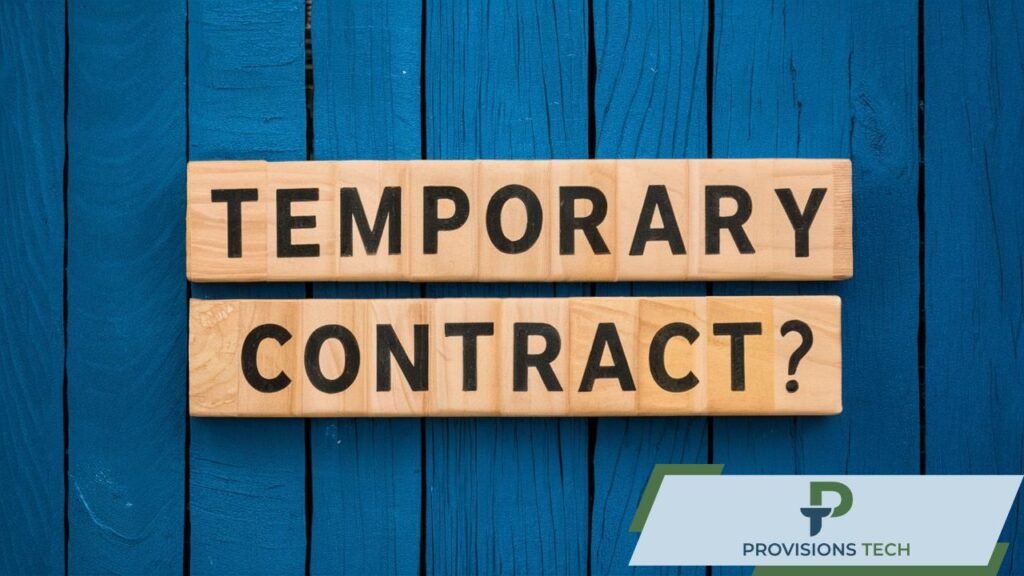Long-term employment is a type of employment in which an employee is hired permanently with no set end date. This type of employment is intended to be long-term, providing job security and stability. Long-term employment refers to staying with the same employer for an extended period, typically five to ten years or more.
How Full-time Jobs Work?
In long-term employment, a company hires employees directly for a permanent position. Unlike temporary or contract jobs, long-term employment is intended to be ongoing. Employees usually go through a probation period before becoming permanent. This type of employment typically includes benefits such as health insurance, retirement plans, and paid time off.
Advantages of Long-term Employment
Let’s discuss some pros of long-term positions.
- Job Security: Provides a stable income and job security.
- Career Growth: Opportunities for promotions and skill development.
- Benefits and Perks: Access to health insurance, retirement plans, and other benefits.
- Strong Relationships: Builds long-term relationships with colleagues and management.
- Expertise: Allows employees to become experts in their field and company processes.
Drawbacks of Long-term Job
We should consider certain disadvantages and challenges that are faced by long-time employment.
- Stagnation: Risk of becoming too comfortable and not seeking new challenges.
- Limited Exposure: Less opportunity to experience different work environments.
- Dependency: High dependency on one employer for income and career growth.
- Routine: Doing the same tasks can become boring over time.
- Company loyalty: You might feel pressured to stay with a company even if it’s not good for you.
Factors to Consider When Drafting a Permanent Contract
Here are some factors that should be kept in mind when looking for a permanent contract.
Legal Compliance: Ensure the contract complies with labor laws and regulations.
Clarity: Ensure all terms and conditions are clearly defined.
Fair Compensation: Include competitive salary and benefits.
Flexibility: Allow for adjustments based on performance and company needs.
Non-Compete Clause: Prevents the employee from working with competitors for a certain period.
Criteria of a Permanent Contract
A few key ingredients of a permanent contract are here.
Job Title and Description: Clearly defines the role and responsibilities.
Salary and Benefits: Specifies the pay and additional benefits.
Work Hours and Schedule: Outlines the expected working hours and days.
Job Location: States where the employee will be working.
Employment Terms and Conditions: Details the rules and expectations.
Termination Clause: Explains how the contract can be ended.
Confidentiality Agreement: Protects the company’s private information.
Conclusion
For employers aiming to fill key positions or job seekers pursuing permanent roles, long-term employment could be a good fit. Whether you are seeking stability or looking to advance your career, long-term employment can provide a promising path to success. Long-term employment offers many benefits, including job security, career growth, long-term disability insurance, and financial stability.
Additionally, employees often enjoy comprehensive benefits packages that enhance their overall well-being. However, it also comes with challenges such as limited flexibility and potential job stagnation. Moreover, cultivating a committed workforce can lead to higher productivity and a stronger organizational culture.



Pingback: What is a Temporary Contract? - Provisions Tech
Pingback: What Does Direct Hire Mean and How Does It Work? - Provisions Tech